If you’re someone who loves plants but doesn’t have the time or knowledge to care for them, you’re in luck! There are many types of indoor plants that don’t require soil to thrive. These soil-free plants are perfect for beginners and busy individuals who still want to add some greenery to their home. Not only are these plants easy to care for, but they also add a unique aesthetic to your space. Here’s a list of 7 low-maintenance indoor plants that can grow without soil.
1. Air Plants (Tillandsia)
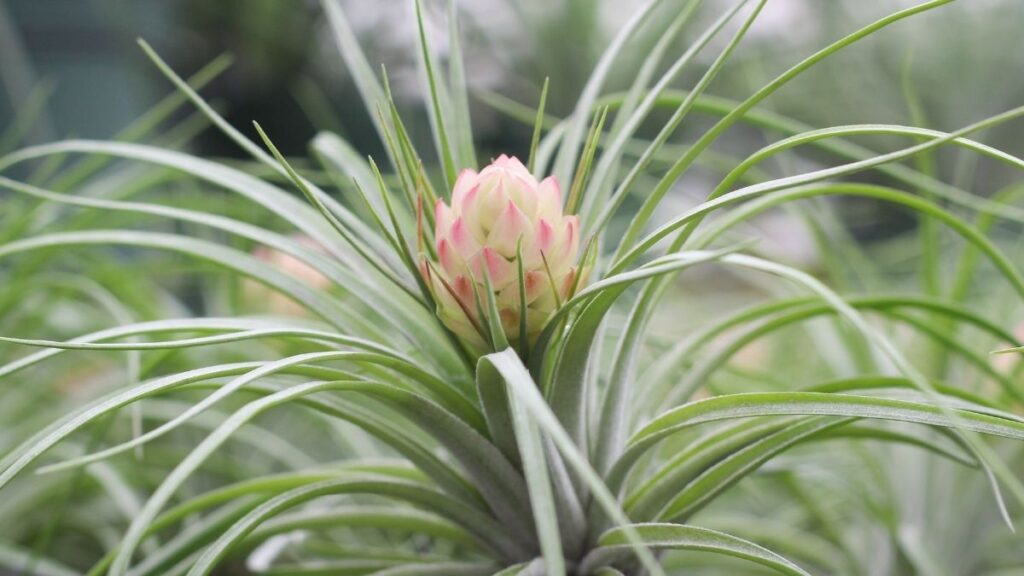
Air plants, also known as Tillandsia, are perhaps the most famous soil-free plants. They absorb water and nutrients through their leaves, making them perfect for anyone looking for a plant that requires minimal care. Air plants thrive in bright, indirect sunlight and only need to be watered once a week or every 10 days. They can be displayed in creative ways, such as in glass terrariums, hanging from macramé hangers, or even attached to driftwood or stones. These plants are not only easy to maintain but also look stunning as a part of any décor.
How to Grow:
- Place in a container, terrarium, or on a decorative object like driftwood.
- Ensure they receive bright, indirect sunlight (but not direct sun).
- Water once a week by soaking the plant in room temperature water for about 20-30 minutes. Dry it thoroughly afterward.
- Mist the plant with water a few times a week, especially in dry indoor conditions.
2. Lucky Bamboo (Dracaena sanderiana)
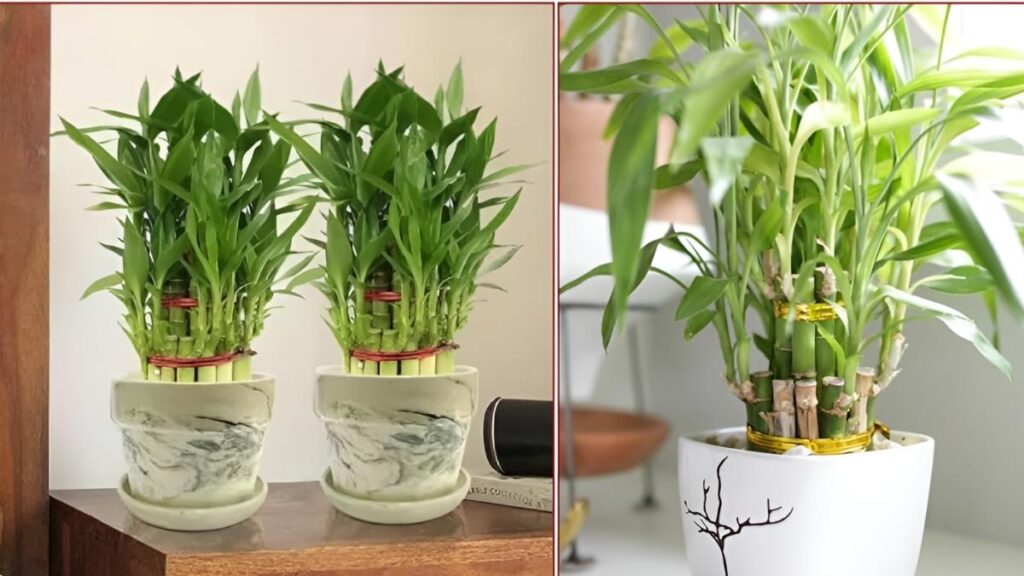
Lucky bamboo is another fantastic soil-free option for indoor gardening. Despite its name, lucky bamboo isn’t technically bamboo at all, but a type of Dracaena. It grows well in water and doesn’t require soil. You can grow it in a vase or any container filled with water, as long as the roots are submerged. Simply change the water every week to keep it fresh and prevent the growth of algae. Lucky bamboo does well in low to medium light and is thought to bring good fortune, making it a popular choice for homes and offices.
How to Grow:
- Place the bamboo in a vase or container filled with water, ensuring the roots are submerged.
- Use distilled or filtered water to prevent chlorine buildup. Change the water every week to keep it fresh.
- Keep the plant in a location with bright, indirect sunlight.
- Ensure the vase or container has no standing debris at the bottom to prevent root rot.
3. Pothos (Epipremnum aureum)
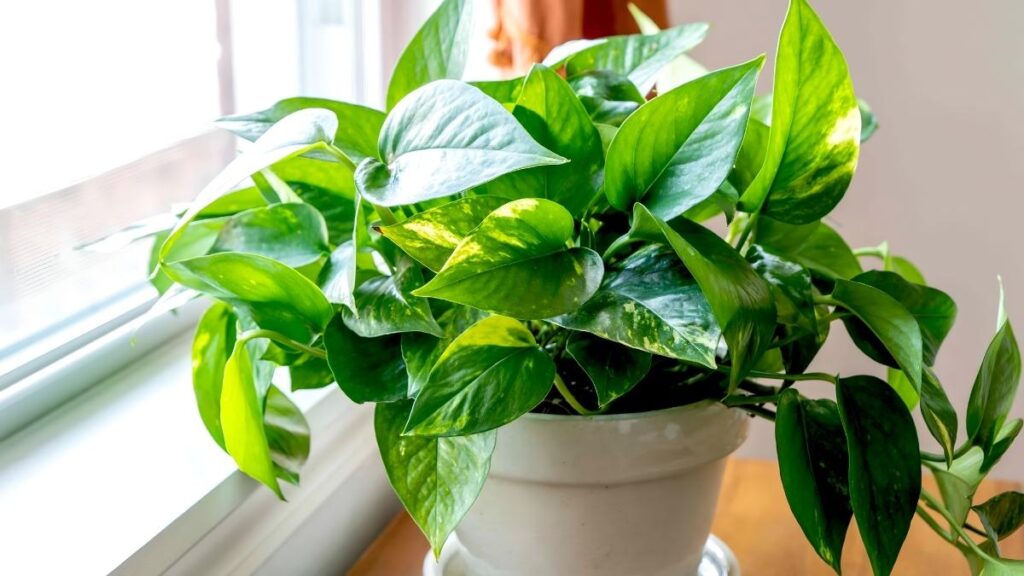
Pothos is a very forgiving and low-maintenance plant that’s perfect for beginners. While it typically grows in soil, it also thrives in water. You can propagate pothos by cutting a stem and placing it in water. Over time, the roots will develop, and you can keep the plant growing in water. Pothos prefers bright, indirect sunlight but can also adapt to low light conditions. It doesn’t require frequent watering, just change the water every 1-2 weeks to keep the plant healthy.
How to Grow:
- Cut a healthy stem (4-6 inches long) with a few leaves and place it in a glass jar or vase with water.
- Ensure the nodes (small bumps where leaves sprout) are submerged in water.
- Place the container in bright, indirect light. Pothos can also tolerate low light.
- Change the water every 1-2 weeks and make sure the water level is sufficient to cover the roots.
- Over time, the plant will develop more roots and can be kept in water indefinitely.
4. Spider Plant (Chlorophytum comosum)
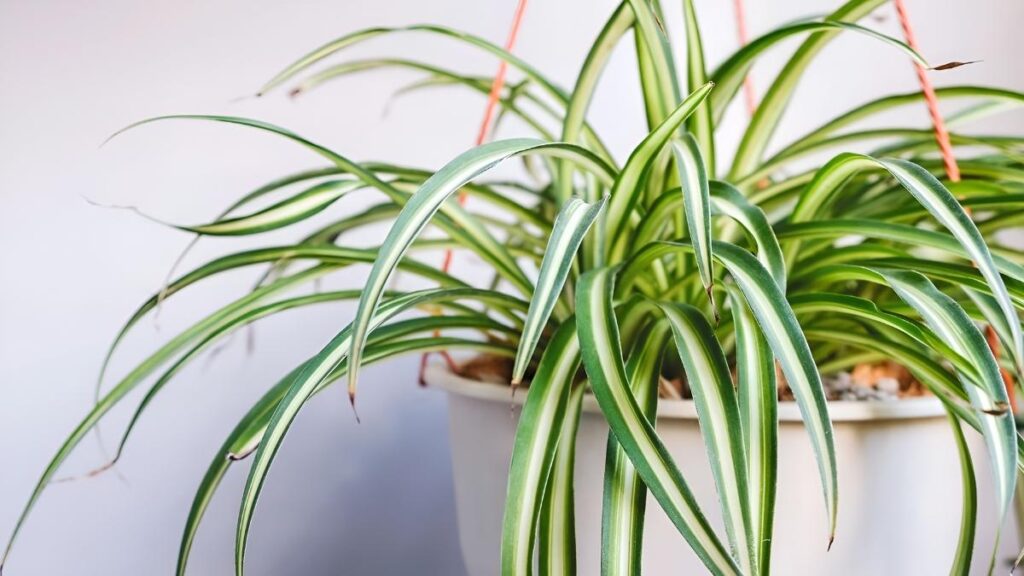
The spider plant is a popular choice for those looking for low-maintenance indoor plants. While it typically grows in soil, spider plants can also thrive in water. You can propagate new spider plants from the “babies” (small plantlets) that grow on long stems. Simply place the baby plantlets in a jar or glass with water, and they will grow roots in a few weeks. These plants are very resilient and can tolerate a wide range of lighting conditions, making them ideal for indoor environments.
How to Grow:
- Take small “baby” plantlets that grow on long stems.
- Place the baby plants in a jar or container filled with water, ensuring the roots are submerged.
- Keep in bright, indirect light but avoid direct sunlight to prevent leaf burn.
- Change the water every 1-2 weeks.
- The plantlet will develop roots within a few weeks and will continue to grow in water.
5. English Ivy (Hedera helix)
English ivy is a versatile plant that can thrive in water and is known for its ability to purify the air. It’s perfect for hanging baskets or growing along trellises, but it also grows well in water when propagated from cuttings. You can start with a small cutting, place it in water, and watch as it grows roots. English ivy needs bright, indirect light and should be watered every week. Keep in mind that it can be a bit of a climber, so it’s important to regularly trim it back if you don’t want it to spread too much.
How to Grow:
- Cut a healthy 4-6 inch stem with a few leaves and place it in a jar or glass of water.
- Submerge the lower part of the stem where the roots will form. Ensure the leaves are not submerged.
- Change the water every week to keep it fresh and free from algae.
- Place the jar in a location with bright, indirect light.
- Once the roots grow (in about 2-3 weeks), you can keep the ivy growing in water long-term.
6. Ferns (Nephrolepis exaltata)
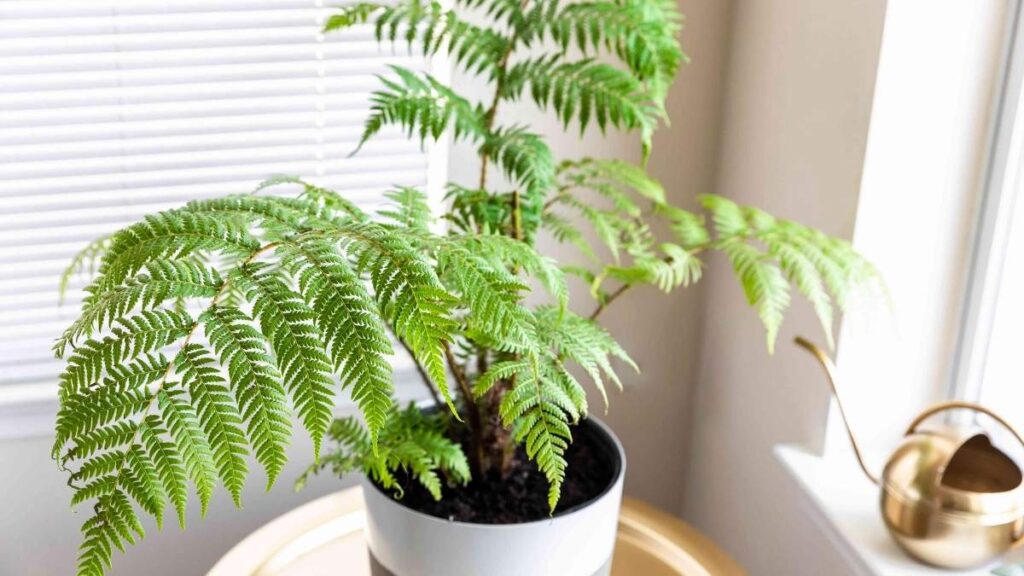
While many ferns grow best in soil, there are species like the “Boston Fern” that can be grown in water. Ferns generally need high humidity and consistent moisture, making water an excellent medium for them. Ferns are perfect for areas like bathrooms or kitchens where moisture levels tend to be higher. Simply place the fern in a vase or container filled with water and change the water weekly. Ferns enjoy indirect sunlight, but too much direct light can scorch their delicate leaves.
How to Grow:
- Take a small fern plant or cutting and place it in a container with water, ensuring the roots are submerged.
- Change the water weekly to avoid stagnation and promote healthy root growth.
- Place the plant in an area with indirect sunlight, such as a bathroom or kitchen where humidity is higher.
- Keep the water level consistent to ensure the roots stay submerged.
- Mist the plant occasionally, especially if the air in your home is dry.
7. Scindapsus (Scindapsus pictus)
Scindapsus, also known as satin pothos or devil’s ivy, is a great option for those who want a plant that grows without soil. Like pothos, scindapsus can be propagated by placing a cutting in water. It grows quickly and looks stunning with its heart-shaped leaves and silver patterns. Scindapsus prefers bright, indirect sunlight but can also tolerate low light. Ensure that you change the water regularly, and your scindapsus will thrive with minimal effort.
How to Grow:
- Take a cutting with a few leaves and place it in a jar of water, making sure the nodes (where roots will grow) are submerged.
- Keep the jar in a location with bright, indirect sunlight.
- Change the water every 1-2 weeks to keep it fresh.
- After a few weeks, the roots will start developing, and you can let the plant continue to grow in water.
- If you notice the plant becoming leggy, trim it back to encourage fuller growth.
Why Choose Soil-Free Plants?
Soil-free plants are an excellent option for anyone who wants to bring greenery into their home without the hassle of traditional gardening. These plants don’t require much maintenance, and they don’t need soil to grow. By growing in water or air, they also reduce the risk of pests and diseases that can sometimes affect soil-based plants. Additionally, these plants are perfect for those living in apartments or spaces where soil-based gardening might be messy or impractical.
Soil-free plants also offer flexibility in how they’re displayed. Whether you choose to place them in a decorative vase, hang them from the ceiling, or even grow them in a jar, you can create a unique indoor garden that suits your style and space. Moreover, these plants purify the air by absorbing carbon dioxide and releasing oxygen, contributing to a healthier indoor environment.
Caring for Soil-Free Plants
Caring for soil-free plants is relatively simple. The most important factors to consider are water and light. Ensure that your plants are getting enough indirect sunlight, as most of these species do best in bright, filtered light. Overexposure to direct sunlight can cause leaves to burn or wilt.
Watering is also essential. For plants that grow in water, remember to change the water regularly—usually once a week. This helps prevent stagnation and promotes healthy root growth. If you’re keeping the plant in a container, make sure the roots are submerged, but avoid submerging the leaves, as this can lead to rot.
Soil-free plants are perfect for anyone looking for an easy and low-maintenance way to enjoy indoor greenery. Whether you’re new to indoor gardening or just want to add more plants to your home, these plants will thrive with minimal care and bring beauty and freshness to any room.




